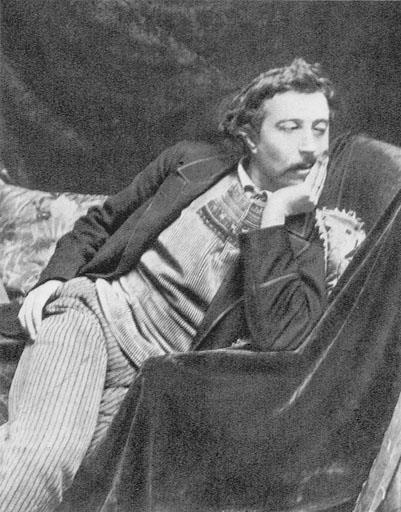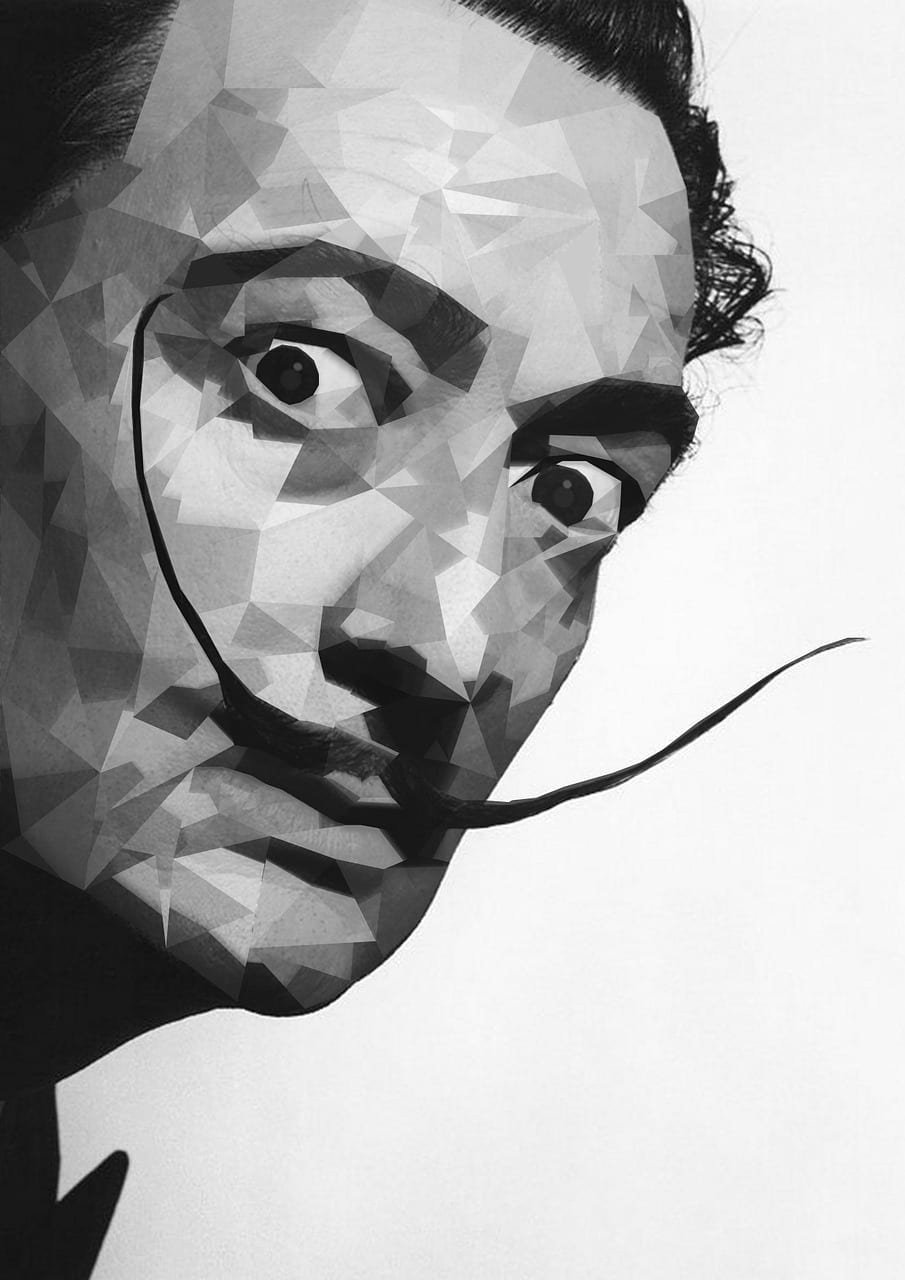
Paul Gauguin was no ordinary French artist. He as an artist put his energies in creating pure, raw art untouched by civilization. His work was primitive yet original. To quote his own words, ‘Don’t paint too much direct from nature. Art is an abstraction. Study nature then brood on it and treasure the creation which will result, which is the only way to ascend towards God-to create like our divine master.’
Though he was unrecognized most of his life, he inspired a generation of artists like Pablo Picasso, Emily Carr, Vincent van Gogh and Andre Derain. He was an innovator who was never tired of experimentation, and he pioneered a style of painting known as Symbolism. His paintings depict a bold use of color and outlines. There is a depth in his paintings. In this post we will look at the five famous paintings by Paul Gauguin.
Paul Gauguin-Biography

Source: Wikimediacommons
Paul Gauguin’s full name was Eugene Henri Paul Gauguin. He was born on June 7th 1848 in Paris to Clovis Gauguin, a journalist and Alina Maria Chazal of Peruvian nobility. The family fled to Peru when Paul Gauguin was young, due to the chaotic political condition of 1848 France. En-route the trans-Atlantic journey, Paul Gauguin’s father died, leaving behind Alina and his two children Paul and his sister Marie. The family stayed in Lima at the home of extended relatives. In 1855 when France became stable, the family returned to the country.
After finishing his formal education Gauguin entered merchant marine and later joined the French Navy. His mother died in 1867 leaving Gustave Arosa the guardian of Gauguin. Gustave Arosa was a wealthy business man and an art collector. When Gauguin returned to Paris in 1872, Gustave Arosa got him a job as a stockbroker. In 1873 Gauguin married Mette Sophie Gad, a Danish woman. He had five children with her.
Paul Gauguin’s foray into art:
Arosa triggered his interest in art by introducing him to works of Eugene Delacroix- a painter, then to the works of Gustave Courbet, Jean Baptiste Camille Corot. Gauguin then started collecting Impressionist paintings by Paul Cezanne, Camille Pissarro, Claude Monet. In 1874, he met the artist Pissarro and began to study under him. He also began to paint in his spare time that bespoke of Impressionist style. Meanwhile he started frequenting art galleries.
His paintings were exhibited as part of Impressionist exhibitions held in Paris in 1881 and 1882.To his bad luck, he lost his job as a stockbroker in 1882. And he then decided to pursue painting as a full time career. During this period his paintings reflected the influence of Pissarro and Paul Cezanne. Employing the Impressionist technique he painted landscapes. He also ventured in to wood carving, sculpting and ceramics. He participated in the Impressionist exhibition in 1886, displaying his works. His works however did not earn him much recognition.
He then travelled to Martinique, Panama and Brittany. By then his paintings had deviated from the Impressionist style. He was disappointed with Impressionism and traditional European painting. He hoped to renew art that had vigor and depth. Some of his paintings during this period were ‘Tropical Vegetation’ and ‘By the Sea’.
Moving away from tradition:
In 1888, he visited Pont-Aven, Brittany again and worked with artists like Emile Bernard and Paul Serusier. During this period he painted ‘Vision After the Sermon’; He described his work as Symbolist style that tried to add depth in his paintings. The paintings were a fusion of color, form trying to bring life to his subjects and not depicting the subject’s appearances alone. His travels to primitive societies, exposure to other cultures and his bold use of colors helped him develop an original style.
In 1888, he left to Arles and joined Vincent van Gogh. This was done as a favor to Theo, Vincent van Gogh’s brother who was Gauguin’s art dealer. Both the artists admired each other’s work and had regular correspondence with each other, even exchanging self-portraits. They lived together for nine weeks but their partnership ended after Van Gogh had a mental breakdown.
For the next few years Gauguin alternatively lived in Brittany and Paris. In Paris, he organized the Volpini exhibition where he worked with zincographs. In Brittany, he painted self-portraits and further developed his symbolist style. Some of his famous paintings during this period are ‘The Yellow Christ’ and wood relief works such as ‘Be in Love and You Will Be Happy’.
Moving to Tahiti:
In 1891, he left to Tahiti to escape to the preindustrial society that was untouched by French colonialism. In his art he tried to recapture the lost paradise of Tahiti with its native customs. Some of his works during this period are ‘The Seed of the Aeroi’, ‘The Moon and the Earth’,’ Near the Sea’ etc. He incorporated cultural elements of Japan, Egypt in to his work and tried to move away from western culture.
He returned to France for a short while but left to Tahiti for the second and final time. He continued his works but had to deal with illness and poverty. His works during this period include ‘Where do we come from?What Are We?Where Are We Going?’ and ‘Two Tahitian Women’. He was suffering from syphilis. In 1901, he left to the island of Hiva Ova where he died two years later on March 8, 1903. He was only 54 years.
Though he left behind a legacy and inspired generation of modern artists, he faced only poverty and failure in his lifetime. His works become popular only after his death.
Paul Gauguin-Five Famous Paintings:
Several of his works are significant. Some of Paul Gauguin’s famous works are ‘The Vision After the Sermon’,’The Yellow Christ’, and ‘The Seed of the Areoi’. There are others like ’Four Breton Girls’, ‘Manao Tupapau’, and ‘Two Tahitian Women’.
Vision After the Sermon:

Source:Wikimediacommons
This is an oil painting done by the artist in 1888 and depicts a Bible scene. The theme is of Jacob crossing the river Jabbok and wrestling with an angel in the night. Gauguin depicts this through the eyes of Breton women returning from the church after a sermon. Thus Gauguin managed to synthesize the everyday life of Breton women with the biblical story.
He gave the traditional religious theme a twist. Influenced by Japanese art he has used Japanese elements- Jacob’s wrestling shows affinity with Sumo Wrestlers, strong contours and flat colors in this composition.
The painting is now in the Scottish National Gallery in Edinburgh.
Two Tahitian Women

Source:WikimediaCommons
This oil painting of 1899 is the portrait of Tahitian women. The scene shows two semi nude women, one of them holding mango blooms. The painting tries to convey the simple beauty of native women who are oblivious of their nudity and are exchanging confidences.
Several of Gauguin’s works on the island of Tahiti were imagined works of a lost paradise that was unaffected by French colonialism. These two figures have also appeared in two more of his paintings-Tahitian Pastoral-1898 and The Fruit Harvest-1899. In his final years he had started painting the same subjects over and over again. The painting now lies in Metropolitican Museum of Art in New York City and was gifted by William Church Osborn in 1949.
The Yellow Christ:

Source: WikimediaCommons
The Yellow Christ is a painting of the crucified Christ. It was a painting that was completed by Gauguin in 1889. The painting scene is set in northern part of 19th century France. All around the figure of cross are Breton women in religious costume and deep in prayer. The style is cloisonnist with flat form of Christ and clear outlines.
It is now a part of Albright-Knox Art Gallery, Buffalo.
Where Do We Come From?What Are We?Where Are We Going?

Source:WikimediaCommons
This was a masterpiece of Gauguin that was painted in his last years of life in Tahiti. He was battling illness and his beloved daughter Aline had died of pneumonia. The painting thus was his way of making sense of life.
The painting is in three stages and needs to be viewed from right to left. At one end it depicts a new born baby and at the other extreme an old woman reflecting on her life. In between are scenes of daily life. The artist has depicted the different stages of life-childhood, adult and old age. A blue idol in the picture signifies the unknown. The painting is full of symbolism depicting the mysteries of life and his take on the world. The painting also shows his affinity towards Tahiti. It depicts Tahiti landscape and its culture.
It is now located in the Museum of Fine Arts in Boston.
Manao Tupapau:

Source:WikimediaCommons
Also titled as ‘The Spirit of the Dead Keeps Watch’ it was completed in Tahiti in 1892. The scene shows a young girl lying on her stomach. She looks startled. There is a female figure at the foot of the bed watching her. Whether the figure is a ghost or a figment of the girl’s imagination is open to viewer’s interpretation. Gauguin has used colors to heighten the emotions in the painting. The yellow in bed contrasts with purple of walls to create an effective background. The painting is a part of Albright-Knox Art Gallery, Buffalo.

